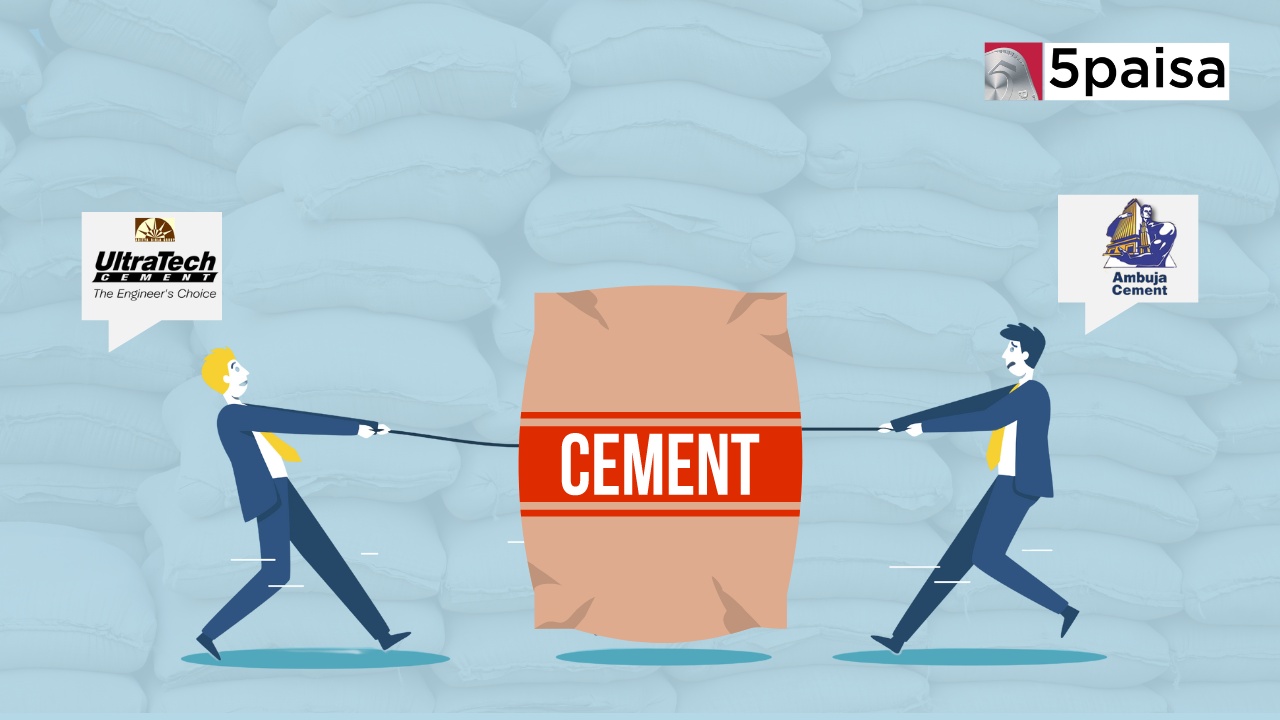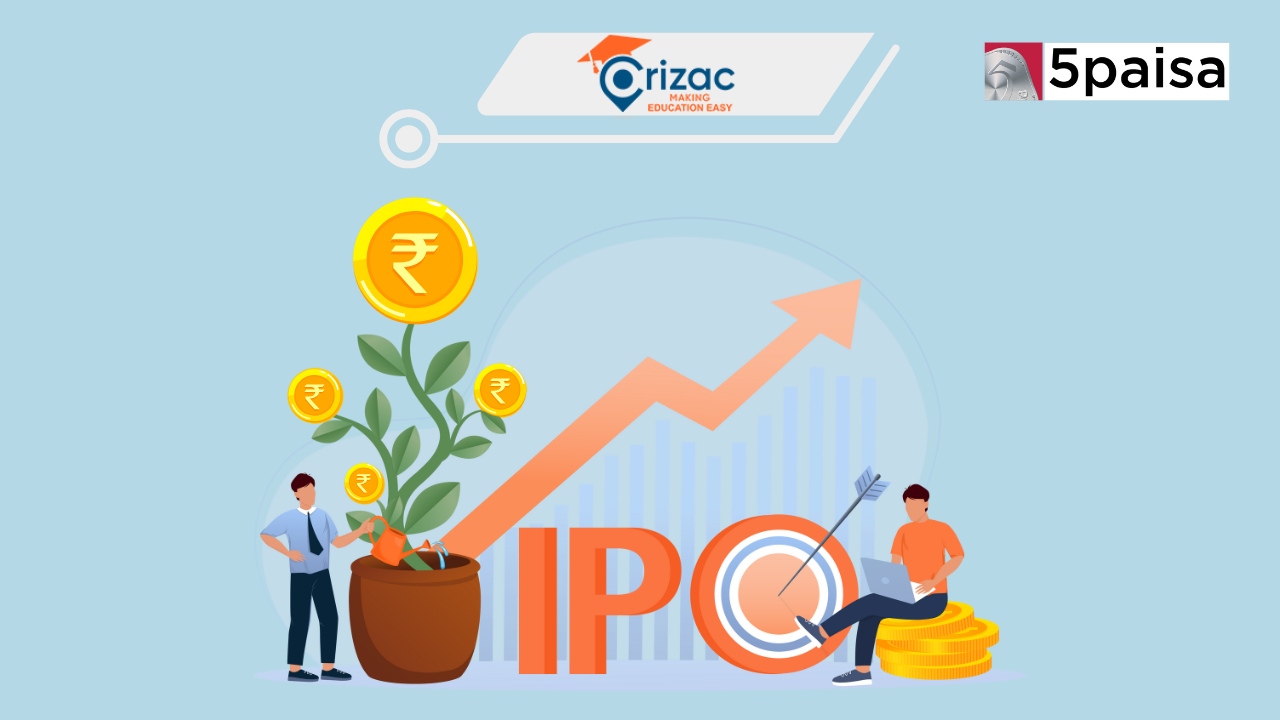ICL Fincorp Limited NCD: Key Details, About the Company, & More
UltraTech and Ambuja Race to Expand Cement Capacity: What's Next for the Industry?

Last Updated: 16th August 2024 - 03:30 pm
India's cement market underwent a seismic shift in May 2022, a change that could have been predicted back in November 2021 when Switzerland's Holcim unveiled its 'Strategy 2025'. At the time, Holcim, then the world's largest cement producer, introduced the tagline 'Accelerating Green Growth'—a move that seemed routine given the industry's significant carbon footprint and the global push for greener practices.
In 2022, Holcim made headlines by announcing the sale of its Indian business to the Adani Group for $10.5 billion. This deal catapulted Adani, previously absent from the cement sector, into a dominant position. Adani’s conglomerate, with interests ranging from ports and power to airports, edible oils, mining, and natural gas, had no prior experience in cement production.
Since Holcim's acquisition of France’s Lafarge, the company had struggled with monopoly concerns and was slow in expanding capacity, unlike its more aggressive competitors. By 2022, Holcim had fallen to a distant second place, with an installed capacity of 67 million tonnes per annum (mtpa), half of market leader UltraTech Cement's 120 mtpa. While Holcim's growth from 32 mtpa in 2005 to 67 mtpa was modest, UltraTech had surged ahead, increasing its capacity from 31 mtpa to 120 mtpa during the same period.
Following its acquisition, Adani quickly invested in the business, setting an ambitious goal of reaching 140 mtpa by 2028. UltraTech Cement, however, was not idle. Kumar Mangalam Birla, Chairman of the Aditya Birla Group, announced at the company’s annual general meeting that his target was 200 mtpa, aiming to solidify UltraTech’s position as one of the world’s largest cement producers.
Both Adani and UltraTech plan to spend over ₹1 lakh crore on expanding their capacities, both organically and through acquisitions. However, this race for capacity is about more than just growth—it’s a battle for market dominance.
Between 2004 and 2014, UltraTech focused mainly on organic growth, aside from acquiring Jaypee's Gujarat plant, which added 4.8 mtpa. However, from 2016 to 2018, UltraTech's strategy shifted as it acquired assets from Jaypee, Century, and Binani, boosting its capacity by over 42 mtpa and strengthening its regional presence. Holcim’s lackluster performance during this period allowed competitors like UltraTech to thrive, along with companies like Shree Cement, which now boasts 53.5 mtpa, and Dalmia Bharat, with 45.6 mtpa, both leading in their respective regions.
Adani's acquisition spree included Sanghi Industries in 2023, MyHome Industries’ grinding unit in April 2024, and Penna Cement in June 2024. Karan Adani, Director of Ambuja Cements, noted that the acquisition of Sanghi Industries, which included a billion tonnes of limestone, would allow the company to use sea routes to transport cement from Gujarat's Kutch region to other states, aiming to become the lowest-cost supplier in these markets.
Adani's aggressive expansion is unsurprising given its late entry into the sector. Starting a cement business from scratch would have been time-consuming and costly, with significant pressure on prices. Competing against a well-established player like UltraTech, with over four decades in the business, poses additional challenges.
Uttamkumar Srimal, Senior Research Analyst at Axis Securities, stated that UltraTech is well-positioned for industry consolidation and increased demand, with an estimated market share of 24-25%. The company's ongoing capacity expansion will further solidify its leadership.
UltraTech has also shown flexibility in its growth strategy. Recent acquisitions include a 23% stake in India Cements from DMart Founder Radhakishan Damani, followed by an additional 32.72% stake, bringing its total holding to nearly 56%. This acquisition adds 14.45 mtpa to UltraTech's capacity, primarily in the South, with expectations that UltraTech’s national capacity could exceed 200 mtpa by FY27, doubling its market share in the South.
UltraTech’s scale and strong brand provide significant advantages, which are difficult for competitors to replicate. Bhadang from Centrum noted that these factors have enabled UltraTech to grow even on a large base and will likely keep it in the No. 1 spot, with the gap between it and Ambuja narrowing.
The Aditya Birla Group’s recent entry into the paints market under the Birla Opus brand also complements its strong presence in the cement sector.
Under Adani’s ownership, Ambuja has seen robust M&A activity, particularly in the South, where both UltraTech and Ambuja are vying for assets. Rothschild's Ruparel described the cement industry’s cyclical nature, where demand eventually leads to overcapacity, sparking a wave of mergers and acquisitions. Despite UltraTech's larger capacity, there is increased competition for M&A opportunities among players with substantial capacity and market presence.
As valuations for prime assets rise, driven by capital market inflows, Ajay Garg, MD of Equirus Capital, anticipates that the industry will consolidate around a few national players, with strong regional players dominating local markets. The South, with its fragmented market and oversupply, remains a key battleground, with UltraTech and Ambuja actively pursuing acquisitions.
Despite the challenges of managing a cyclical industry like cement, which requires long-term investment and patience, the race between UltraTech and Ambuja is expected to focus increasingly on strategic expansion, both organic and through further acquisitions.
Trending on 5paisa
05
 5paisa Research Team
5paisa Research Team
Discover more of what matters to you.
Indian Market Related Articles
Disclaimer: Investment in securities market are subject to market risks, read all the related documents carefully before investing. For detailed disclaimer please Click here.






